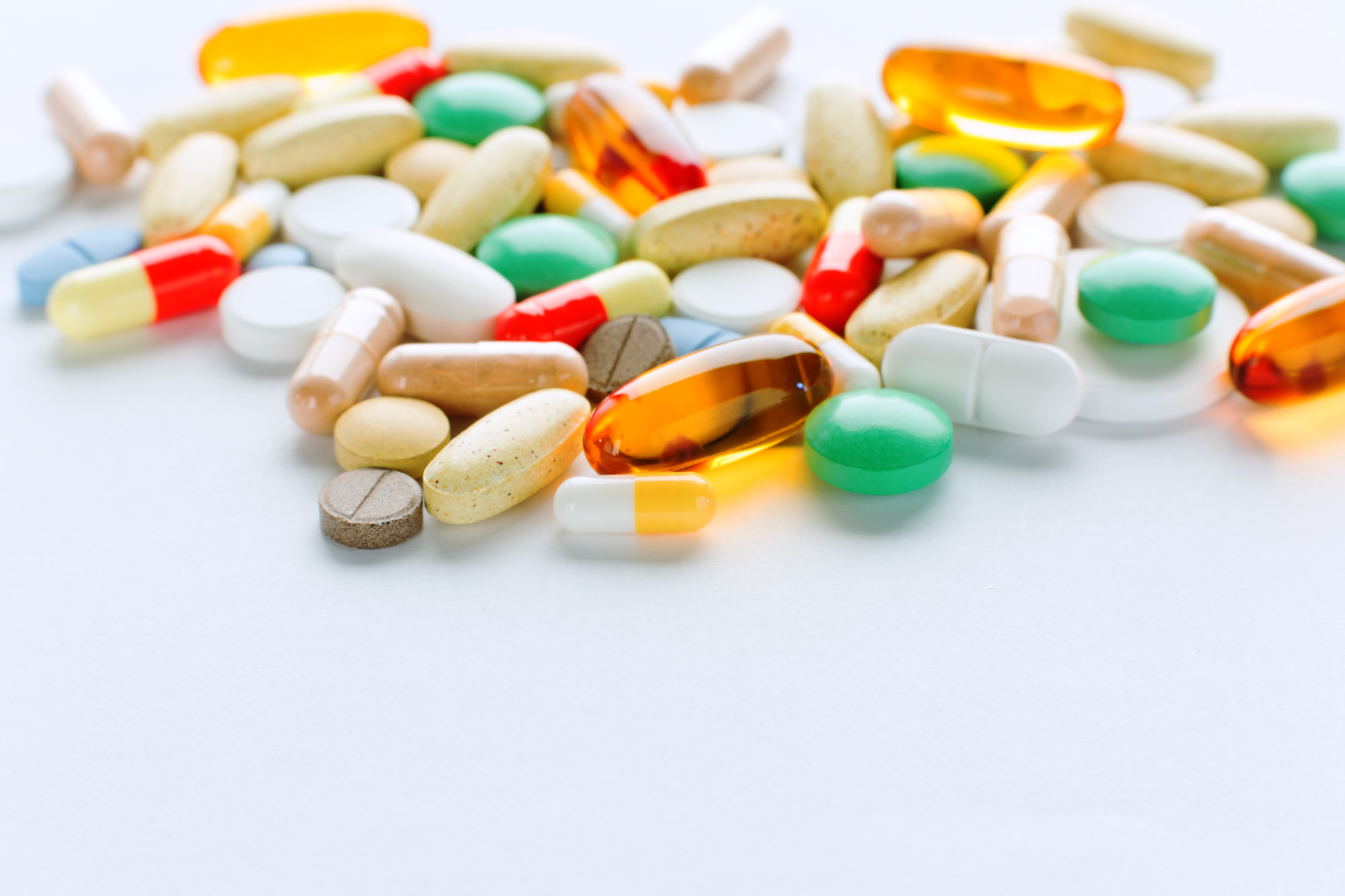In the United States, consumers spend billions of dollars a year buying prescription drugs. Patients take them because they’ve been told that those medications are better than over-the-counter drugs.
While that is true based on the condition that the medicine is treating, this isn’t always the case with brand-name drugs and generic drugs. In fact, generic prescriptions aren’t “cheap medication”, and you can save lots of money by switching.
With that said, take a look at the content below to learn more about generic drugs and how they can cut the cost of your medication.
Cutting the Cost of Medication
Generic medications provide the opportunity for patients to receive the same effects of name-brand drugs at a lower price. This is one of the best ways to save money on prescriptions.
Generic drugs have the same chemical formula and work in the same way, but they cost less since they are not trying to recover the cost of researching, branding, and marketing.
Actually, generic meds have the same active ingredients and work in the same way as their name-brand counterparts. However, they cost less for various reasons.
They can process quickly because pharmacies receive them as soon as they complete production. Therefore, patients don’t have to wait for them before they can take them.
Generic drugs are cheaper than their name-brand counterparts by about 30 to 80 percent. Over 100 million people in the United States have used these less expensive medications.
Such drastic savings are important for individuals on a tight budget or with no prescription drug coverage.
What Are Other Reasons for Using Generic Medication?
There are many other benefits to switching from name-brand prescription drugs to generic medications. One major reason is that they have been tested to show that they are safe and effective in doing what they’re supposed to do.
Generic meds also have the same half-life and bioavailability as their name-brand counterparts. That means that they work in the same way and stay in the body for the same amount of time (or longer). This is a big deal because some prescription medications can be processed faster than others.
In fact, generic drugs are dispensed by pharmacies as soon as they are received. This is another reason why they don’t cost as much as name-brand prescription drugs. The company that creates them doesn’t have to pay for the marketing and research costs.
Patients can enjoy these savings because the prescriptions are processed and filled quickly. Contrary to popular belief, generic drugs aren’t cheap medication. They just have a different processing method than name-brand prescriptions.
Essentially, you can place an RX order for generic meds, with no worries.
What Are the Drawbacks of Switching to Generic Medication?
Some patients may not like that they cannot get name-brand prescription drugs. For some people, the idea that they’re taking a generic medication is not appealing. That’s because they believe that it’s not as good as what their doctor prescribed for them.
However, this is simply not true. Generic medications are required to go through the same testing for safety and effectiveness as name-brand drugs before they are allowed onto the market.
The FDA even requires that generic medications must have the same active ingredients as their brand-name counterparts. These tests ensure that generic drugs do not differ in quality, strength, or purity from brand-name medications. They must also have the same clinical effect when taken in a therapeutic dose.
Generic Drugs and the FDA
Generic versions of name-brand medications must follow an abbreviated process to gain FDA approval. The time required for this abbreviated review is often much less than that of the full review. This is why many people fear that generics might not be as safe or effective as their brand-name alternatives.
In most cases, however, generic drugs are completely safe and effective.
The only limitation on a generic drug’s usage is that it must contain the same active ingredient as an FDA-approved brand-name product. This includes the substance that makes the medicine effective for treating a particular condition.
Unfortunately, some drugs can lose their effectiveness as they age. This is a problem that plagues generic medications because the active ingredients degrade over time.
The FDA reviewed studies on 14 different drug formulations to determine how long it takes for 90 percent of an active ingredient’s potency to be lost. Below are some examples:
- 8 months for oral ondansetron-a drug used to prevent vomiting caused by chemotherapy or radiation therapy.
- 7 months for diazepam (Valium)-an anti-anxiety medication.
- 6 months for the antidepressant fluoxetine (Prozac)- an anti-depressant.
- 4 months for the antibiotic doxycycline-used to treat infections.
- 3 months for morphine sulfate- a pain reliever used for all types of surgeries.
Generic medications are made by a number of companies. Some pills are easier to absorb than others. If one generic medication causes stomach upset or other issues, it is possible that another form of the drug might better suit your body chemistry.
Cheap Medication: Cut the Cost of Your Prescription Drug Bill
Hopefully this article helps you understand that generic prescriptions aren’t cheap medication. Yes, you can save a lot of money by switching to generic drugs, but not because the meds are low quality. Generic drugs go through a strenuous process to ensure that they are safe and effective.
But of course, the main perk for going generic is saving money. If both name-brand and generic prescriptions work the same, why wouldn’t you save some extra cash?
If you learned anything from this article, feel free to continue browsing our website to find more informative topics.
